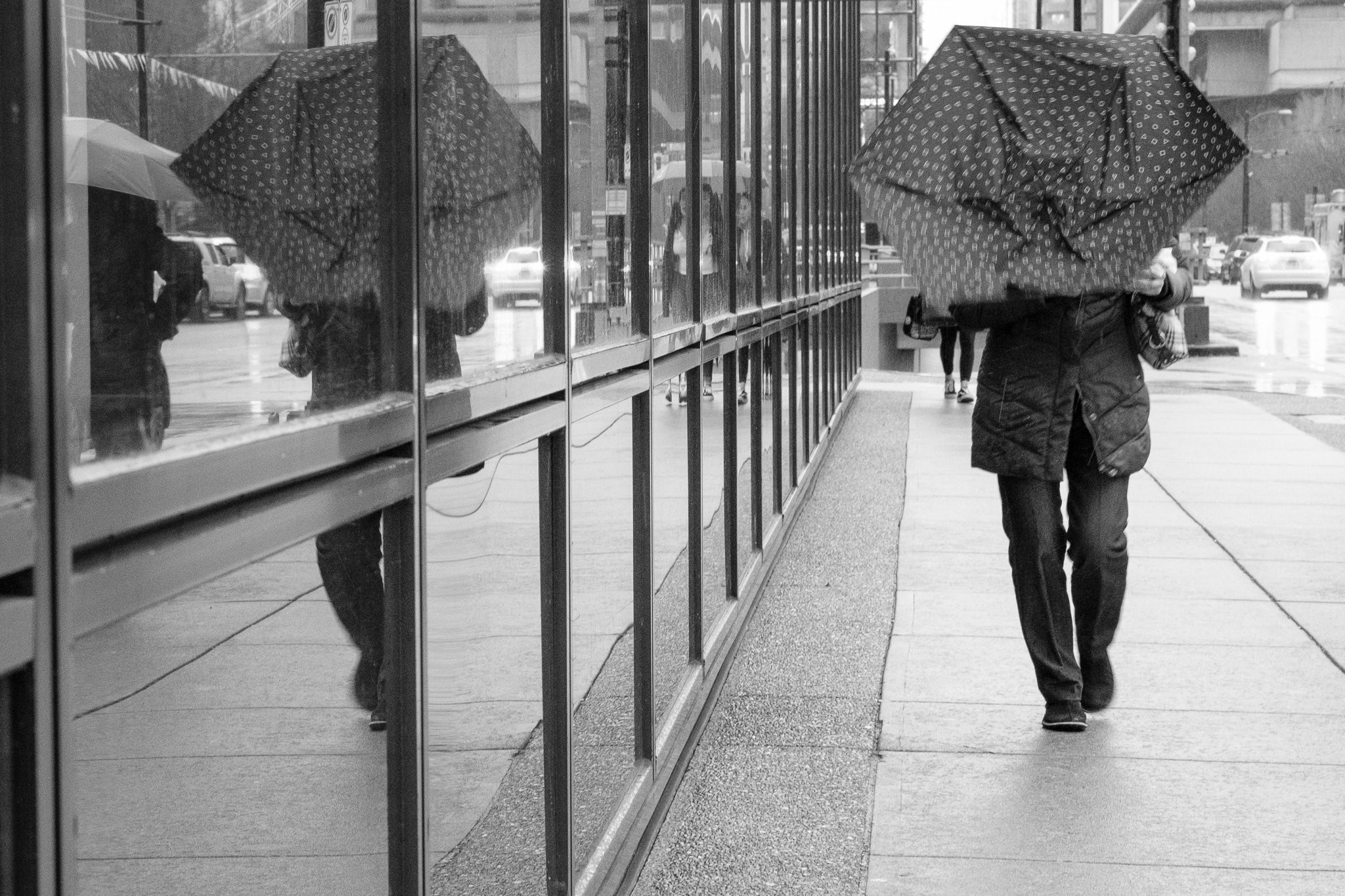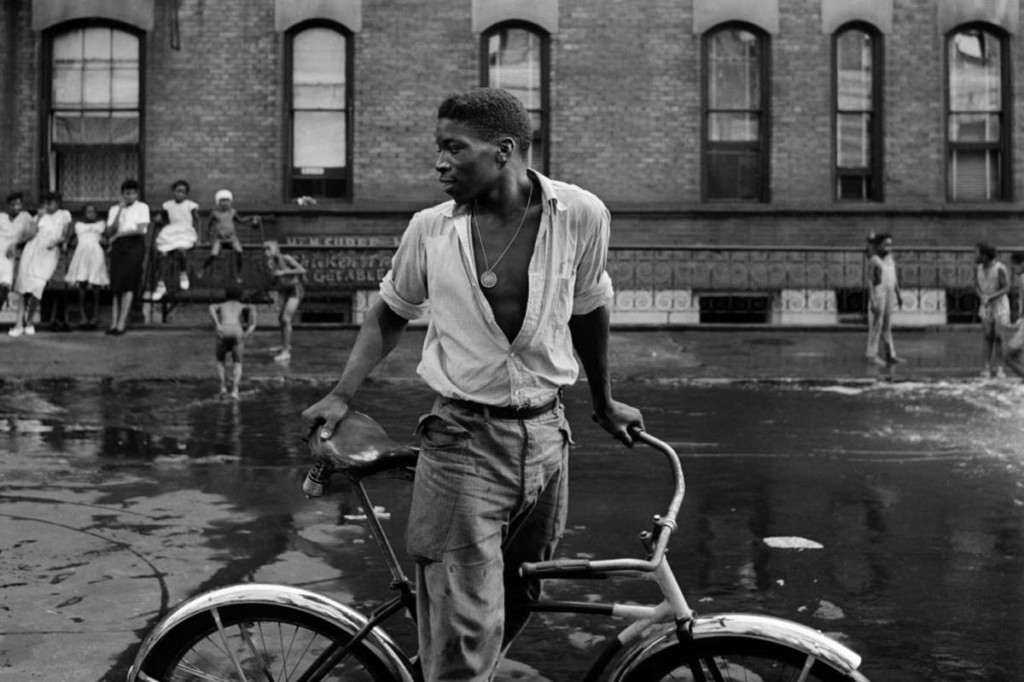9 Simple Techniques For Framing Streets
Indicators on Framing Streets You Need To Know
Table of ContentsWhat Does Framing Streets Do?The 6-Minute Rule for Framing StreetsWhat Does Framing Streets Mean?The Ultimate Guide To Framing StreetsRumored Buzz on Framing StreetsSee This Report on Framing Streets
Digital photography style "Crufts Dog Show 1968" by Tony Ray-Jones Street digital photography (additionally sometimes called candid photography) is digital photography carried out for art or inquiry that includes unmediated chance experiences and arbitrary occurrences within public places, usually with the purpose of catching photos at a definitive or poignant minute by careful framework and timing. 
Consequently his boots and legs were well defined, yet he lacks body or head, since these were in motion." Charles Ngre, waterseller Charles Ngre. https://allmyfaves.com/framingstreets1?tab=Framing%20Streets was the very first professional photographer to obtain the technological class needed to register individuals in motion on the road in Paris in 1851. Professional Photographer John Thomson, a Scotsman working with reporter and social activist Adolphe Smith, published Street Life in London in twelve month-to-month installations starting in February 1877
9 Simple Techniques For Framing Streets
Eugene Atget is regarded as a progenitor, not due to the fact that he was the initial of his kind, yet as a result of the popularisation in the late 1920s of his record of Parisian roads by Berenice Abbott, who was motivated to embark on a comparable documentation of New york city City. [] As the city created, Atget helped to promote Parisian roads as a deserving topic for digital photography.

Unknown Facts About Framing Streets
The principal Mass-Observationists were anthropologist Tom Harrisson in Bolton and poet Charles Madge in London, and their first record was produced as guide "May the Twelfth: Mass-Observation Day-Surveys 1937 my latest blog post by over two hundred observers" [] Window cleaner at Kottbusser Tor, Berlin, by Elsa Thiemann c. 1946 The post-war French Humanist Institution professional photographers located their subjects on the street or in the restaurant. Between 1946 and 1957 Le Groupe des XV yearly exhibited job of this kind. Andre Kertesz. Circus, Budapest, 19 May 1920 Road digital photography developed the significant web content of 2 exhibitions at the Gallery of Modern Art (Mo, MA) in New York curated by Edward Steichen, Five French Photographers: Brassai; Cartier-Bresson, Doisneau, Ronis, Izis in 1951 to 1952, and Post-war European Digital Photography in 1953, which exported the idea of road photography internationally.

What Does Framing Streets Do?
, after that an educator of young youngsters, linked with Evans in 193839.'s 1958 book,, was substantial; raw and typically out of emphasis, Frank's photos examined mainstream digital photography of the time, "challenged all the formal policies laid down by Henri Cartier-Bresson and Pedestrian Evans" and "flew in the face of the wholesome pictorialism and genuine photojournalism of American publications like LIFE and Time".